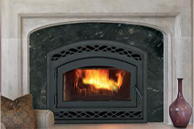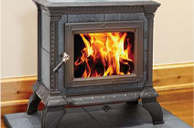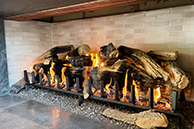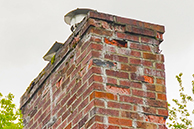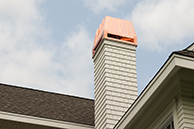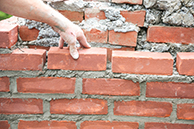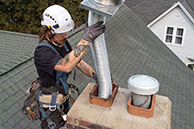Why Chimney Liners Matter
Most homeowners know their chimney needs regular maintenance, but few think about what’s happening inside it. One of the most important parts is the chimney liner as it works quietly behind the scenes every time you light a fire. It protects your home, improves performance, and helps your fireplace run safely year after year. Without a properly functioning liner, your chimney could quickly become a safety risk.
Let’s take a closer look at what chimney liners do, why they matter, and how to tell when it might be time for a repair or replacement.
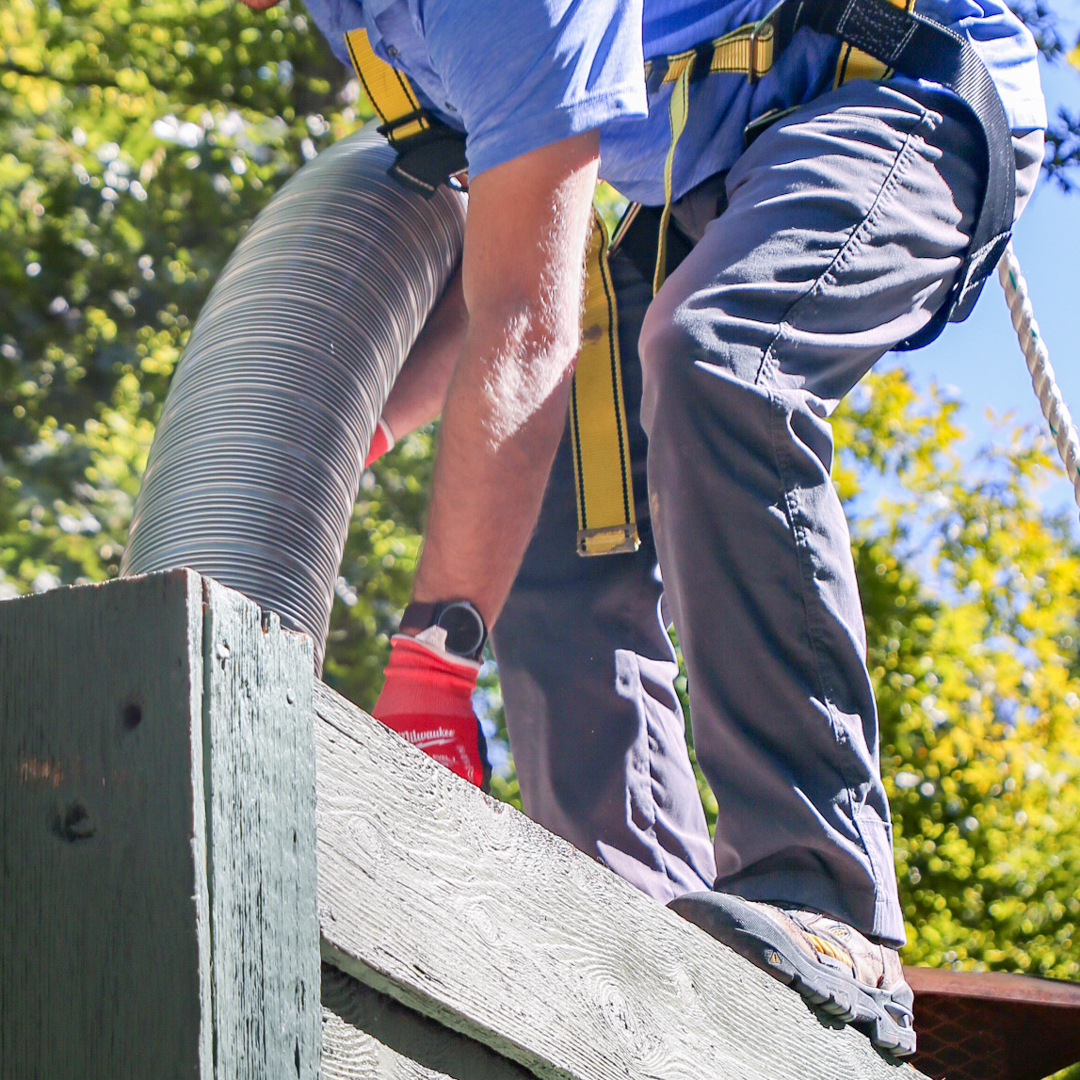
What Is a Chimney Liner?
A chimney liner (also known as a flue liner) is the inner layer of your chimney that carries smoke and gases safely out of your home. Building codes require liners for all modern fireplaces because they’re essential to both safety and efficiency.
Think of your liner as both a shield and a guide. It keeps dangerous gases like carbon monoxide contained and directed upward, protects the chimney’s brick and mortar from heat and moisture, and ensures your fireplace drafts properly so smoke exits your home smoothly. In short, your chimney liner keeps fires safer, cleaner, and more efficient.
Types of Chimney Liners
There are three main types of chimney liners, and the right choice depends on your fireplace setup and fuel type.
Clay Tile Liners
Clay liners are common in older homes. They’re cost-effective and durable, but over time, repeated exposure to high temperatures can cause cracks or gaps, especially if the chimney isn’t regularly maintained.
Cast-in-Place Liners
This type uses a cement-like material that’s applied directly to the flue’s interior, creating a seamless, insulated surface. It’s ideal for reinforcing older chimneys and improving structural integrity. While it’s the most expensive option due to specialized installation, it’s also one of the most durable, often lasting up to 50 years.
Stainless Steel Liners
Stainless steel liners are popular for their durability and corrosion resistance. They’re compatible with wood, gas, and oil-burning systems, and are relatively easy to install. They’re a great choice for chimney upgrades or relining older flues.
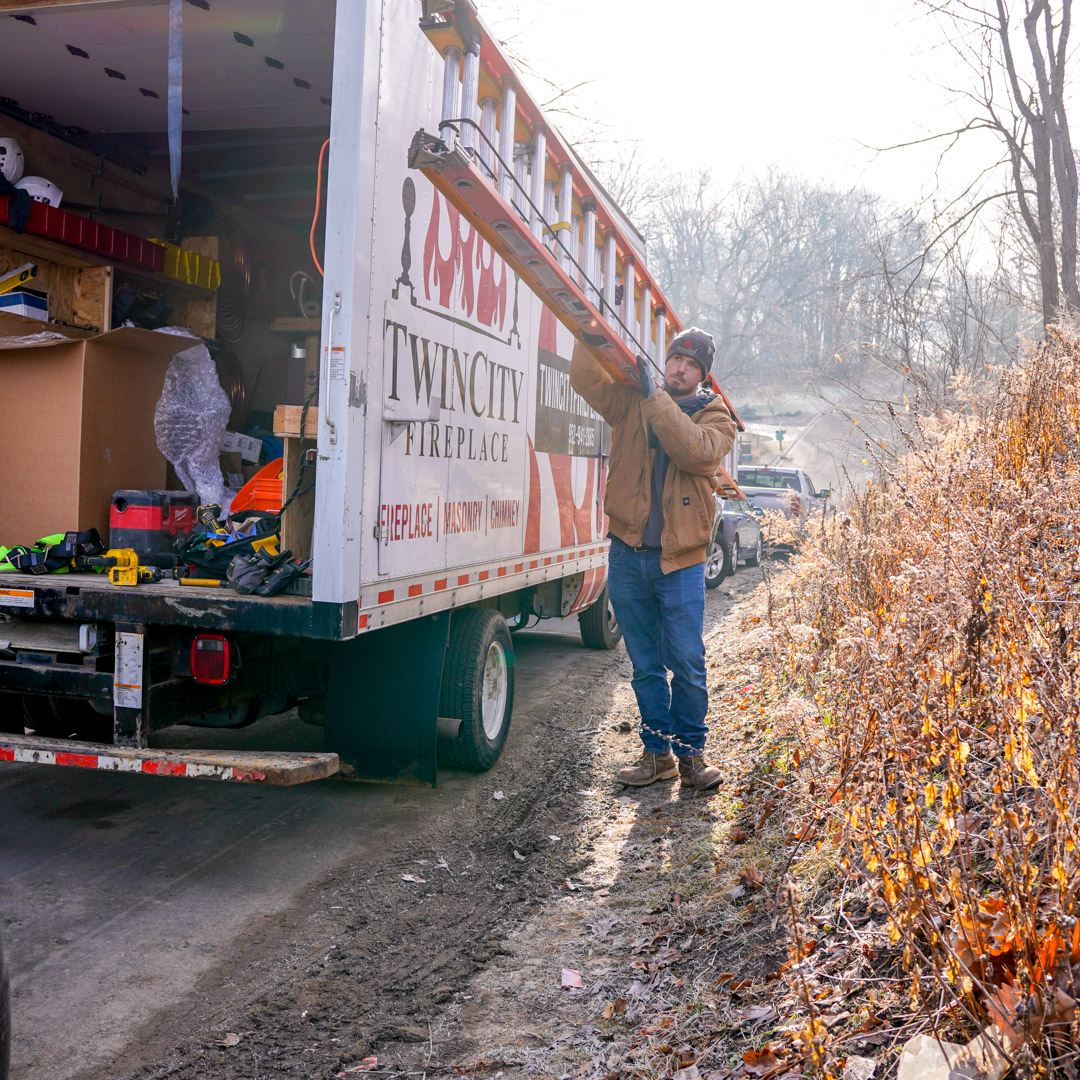
Signs Your Chimney Liner May Need Attention
During your annual chimney inspection, a certified technician will look for cracks, gaps, or other signs of deterioration in your liner. As a homeowner, you can also watch for warning signs, such as:
- White staining (efflorescence) on exterior bricks, which indicates moisture issues.
- Unusual odors when the fireplace isn’t in use.
- Smoke backing up into the room or poor drafting during use.
- Pieces of tile or debris falling into the firebox.
If you notice any of these, it’s time to call a professional. Addressing liner issues early can prevent bigger, more expensive repairs down the road.
Trust Twin City Fireplace & Chimney
Our experienced technicians provide expert inspections, repairs, and new liner installations throughout the Twin Cities area, ensuring your fireplace performs safely and efficiently year-round. If it’s been a while since your last inspection, or you suspect your liner may be damaged, don’t wait. Call Twin City Fireplace & Chimney today to schedule a professional chimney evaluation.
 Active-Duty Military Owned
Active-Duty Military Owned

